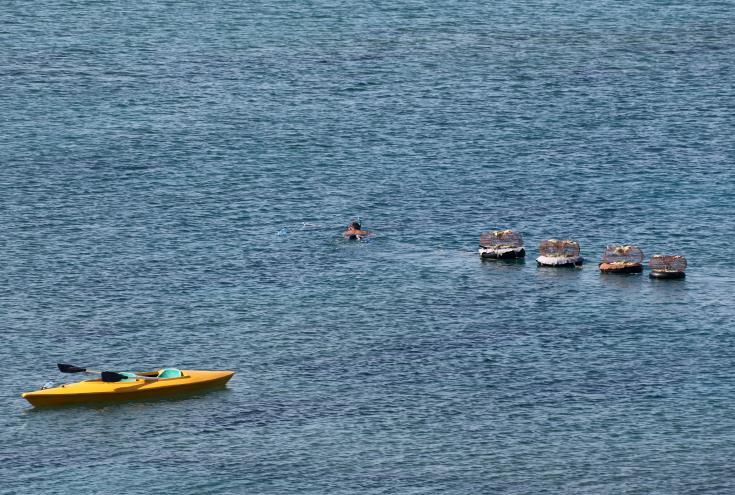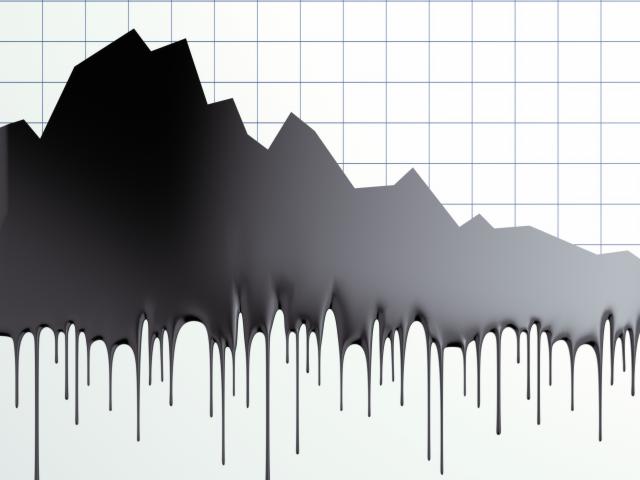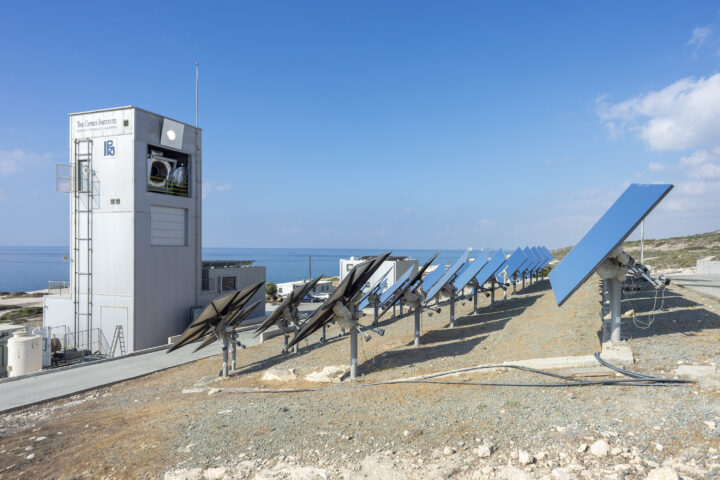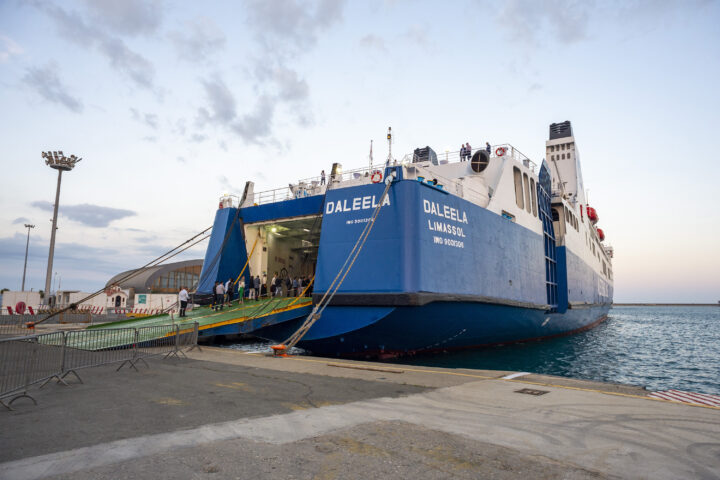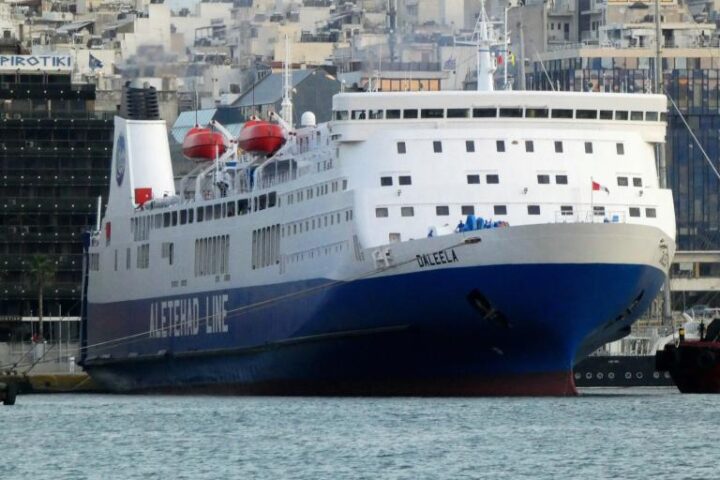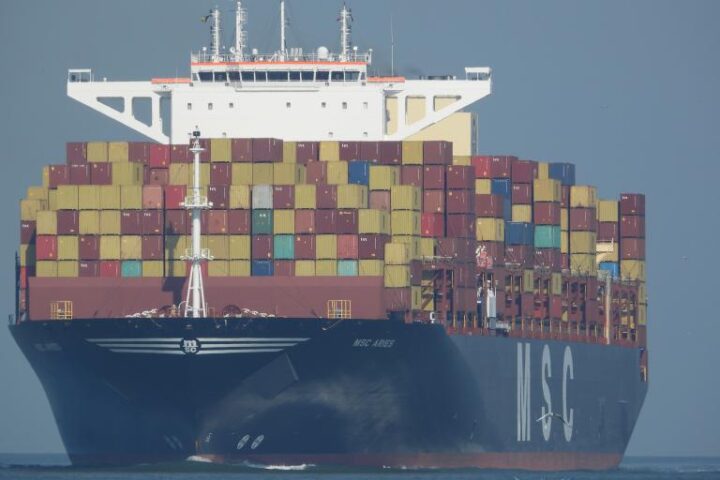A mystery oil spill that polluted the nearby Israeli coastline with thick globules of tar has not been detected inside Cyprus maritime waters, authorities said Thursday.
Cyprus’ Department of Fisheries and Marine Research said it was alerted on February 17 by Israel’s Ministry of Environmental Protection about the oil spill.
Since then, the “Department monitors meticulously, in cooperation with the Deputy Ministry of Shipping, Cyprus’ maritime area through satellite images from the European Maritime Safety Agency for images of possible oil spills.
“Up until today, there has been no depiction of a possible oil spill in the Cyprus maritime area.”
Nicosia has also informed Israel that there was no marine casualty or marine oil pollution incident until February 17 in Cyprus.
Responding to a request, the Department of Fisheries and Marine Research sent satellite images taken on February 6 and 12, depicting possible oil spills for further assessment.
Under a trilateral agreement of Cyprus, Greece and Israel for a Marine Oil Pollution Contingency Plan, the Department said it could provide equipment or any other help if Israel requests it.
The Department said there is no danger of Cyprus` coast being affected by the pollution in Israel.
More than 161 kilometres of Israel’s usually pristine Mediterranean coastline is stained with thick globules of tar that washed up after an oil spill off the coast earlier this month.
Authorities have yet to identify the culprit, but they say it is harmful to humans and marine life.
Israel’s Nature and Parks Authority (INPA) called the spill “one of the most serious ecological disasters” the country has ever seen, warning it could take years to remove the waste from beaches altogether.
The tar was first noticed on Israel’s beaches on February 18 after a heavy winter storm battered the coastline.
Israel’s Environmental Protection Ministry estimates that as much as 1,000 tonnes of tar have already washed ashore.
Commonly, oil spills form a thin slick across the water surface, with some washing up on beaches in a more liquid form.
The Israel spill turned into tar balls because rough sea conditions broke up the slick and mixed it into the seawater for several days, creating small, concentrated blobs of congealed oil (tar balls).
On February 21, satellite images from the European Maritime Safety Agency showed the spill had most likely originated about 50 kilometres off Israel’s coast.
However, the exact cause of the spill and what is responsible for it are still unknown.

